 Curbs on rice, wheat, sugar and onion shipments have taken a toll on India’s farm exports in the fiscal ended, after a record-breaking performance in 2022-23
Curbs on rice, wheat, sugar and onion shipments have taken a toll on India’s farm exports in the fiscal ended, after a record-breaking performance in 2022-23
India’s agricultural exports fell 8.2% in the fiscal year ended March 31, 2024 on the back of shipment curbs on a host of commodities, from cereals and sugar to onions.
The value of farm exports totaled $48.82 billion in 2023-24, down from the record $53.15 billion of 2022-23 and $50.24 billion for the previous fiscal, according to Department of Commerce data.
Exports declined during the initial years of the Narendra Modi government (from $43.25 billion in 2013-14 to $35.60 billion in 2019-20), while accompanied by an increase in imports (from $15.53 billion to $21.86 billion).
That was largely courtesy of a crash in global agri-commodity prices, with the UN Food and Agriculture Organization’s (FAO) food price index (base: 2014-16=100) dipping from an average of 119.1 to 96.5 points between 2013-14 and 2019-20. Low international prices reduced the cost competitiveness of the country’s exports, while also making it more vulnerable to imports.

But the global price recovery following the Covid-19 pandemic and Russia’s invasion of Ukraine (the FAO index soared to 140.8 in 2022-23) resulted in India’s farm exports as well as imports zooming to all-time-highs in 2022-23, before dropping in the fiscal just ended (see chart).
Drivers of exports
Table 1 shows the fall in exports to have been led primarily by sugar and non-basmati rice.
The government hasn’t allowed any sugar to go out of the country during the current production year from October 2023. Not surprisingly, exports of the sweetener were valued at only $2.82 billion in 2023-24, after peaking at $5.77 billion and $4.60 billion in the preceding fiscals.
Concerns over domestic availability and food inflation have similarly triggered a ban on exports of all white non-basmati rice since July 2023. Currently, only parboiled grain shipments are being permitted within the non-basmati segment, while also attracting a 20% duty. These restrictions have pulled down overall non-basmati exports from a record $6.36 billion in 2023-23 to $4.57 billion in 2023-24.
Two other items that have borne the brunt of export restrictions — again triggered by domestic shortages and rising prices — are wheat and onion.

Wheat exports were altogether stopped in May 2022, following which their value plunged to $56.74 million in 2023-24, after reaching an all-time-high of $2.12 billion in 2021-22.
On May 4 — three days before the third phase of the Lok Sabha polls, which covered Maharashtra’s onion belt — the Centre lifted a ban on exports of the bulb. Simultaneously, a floor price of $550 per tonne (below which no exports can take place), along with a 40% duty, was imposed. Official data reveals onion exports at only 17.08 lakh tonnes (lt), worth $467.83 million, during April-February 2023-24, as against 25.25 lt ($561.38 million) for the whole of 2022-23.
Most of the other major agri export items — barring marine products, castor oil and other cereals (mainly maize) — have posted growth. Basmati rice exports fetched $5.84 billion in 2023-24, surpassing the previous high of $4.86 billion achieved back in 2013-14. Spices exports, too, crossed the $4 billion mark for the first time.
On the other hand, exports of buffalo meat, oil meals and raw cotton, even while up over 2022-23, were far from their corresponding records of $4.78 billion, $3.04 billion and $4.33 billion touched in 2014-15, 2012-13 and 2011-12 respectively.
Drivers of imports
The trends in imports are equally interesting.
Table 2 shows that the 7.9% dip in overall agri imports during 2023-24 was largely due to a single commodity: edible oils.

India’s imports of vegetable fats topped $20 billion in 2022-23. That was the year immediately after the Russia-Ukraine war, when the FAO index and the vegetable oil sub-index averaged 140.8 points and 168.5 points respectively. However, 2023-24 saw the average FAO index ease to 121.6 points and the vegetable oil sub-index to 123.4 points. Lower global prices, in turn, brought down the vegetable oil import bill to below $15 billion during last fiscal.
But even as the foreign exchange outflow on account of cooking oil has reduced, imports of pulses almost doubled to $3.75 billion in 2023-24, the highest since the $3.90 billion and $4.24 billion levels of 2015-16 and 2016-17 respectively.
Policy takeways
Farmers and agri-traders, like all businessmen, want policy stability and predictability.
Onion growers, for instance, harvest around 10 tonnes per acre. A drop of Rs 5/kg in realisations means a revenue loss of Rs 50,000 on that produce. At the same time, a Rs 5/kg increase in prices for a household consuming 5-6 kg onions per month entails an additional outgo of only Rs 25-30.
When governments resort to banning/restricting agri exports — these extend now even to de-oiled rice bran (a byproduct of paddy milling used as an animal feed ingredient) — they usually privilege the interests of consumers over producers. These actions hurt more when taken overnight, like with wheat exports. Building export markets takes time and effort. A more predictable and rules-based policy — say, introducing temporary tariffs instead of outright bans or quantitative restrictions — is what many economists would recommend.
The same goes for imports. The Modi government has done away with import duties on most pulses — arhar (pigeon pea), urad (black gram), masoor (red lentils), yellow/white peas and, earlier this month, chana (chickpea) — and kept it at 5.5% for crude palm, soyabean and sunflower oil.
The above zero/low tariffs are at variance with the government’s own objective to promote crop diversification — weaning away farmers from rice, wheat and sugarcane to growing pulses and oilseeds, which are less water-guzzling and also significantly imported.
The government taking over post the elections may have to come out with a more rational export-import policy, balancing the interests of producers and consumers as well as the short- and long-term goals for the farm sector.
All data courtesy Department of Commerce, Government of India


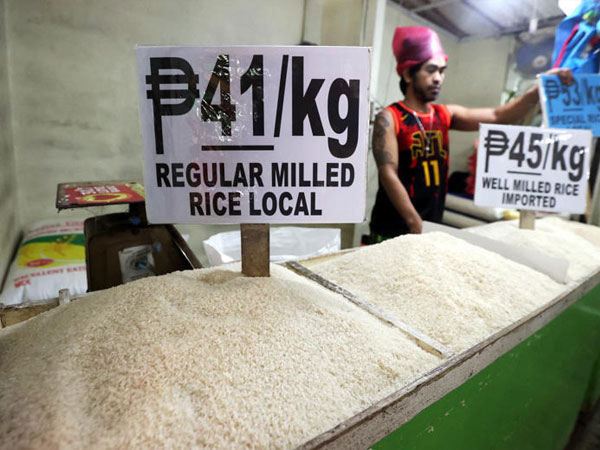
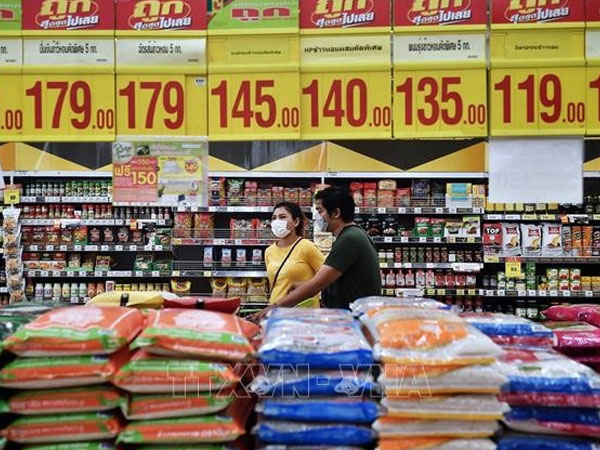




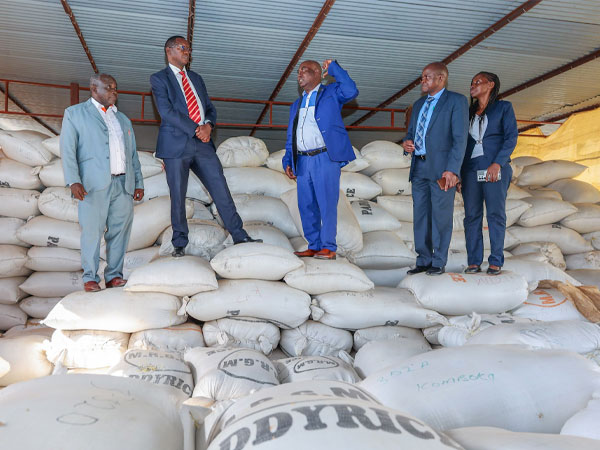

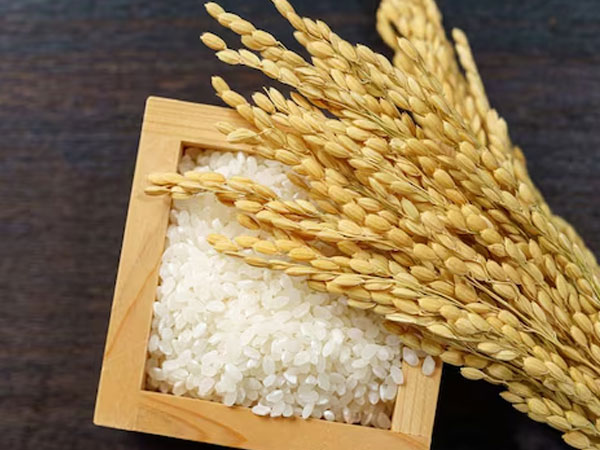
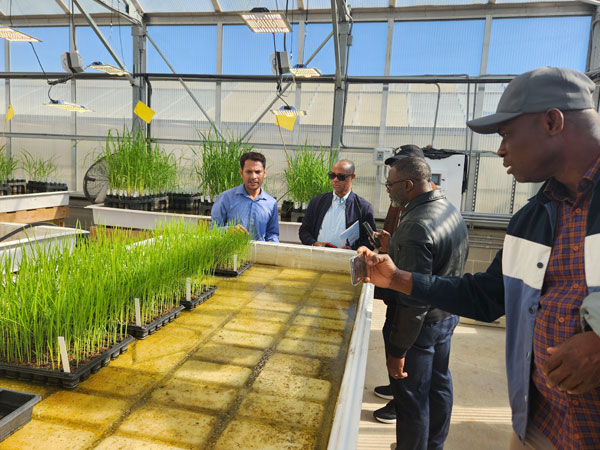


© Copyright 2025 The SSResource Media.
All rights reserved.